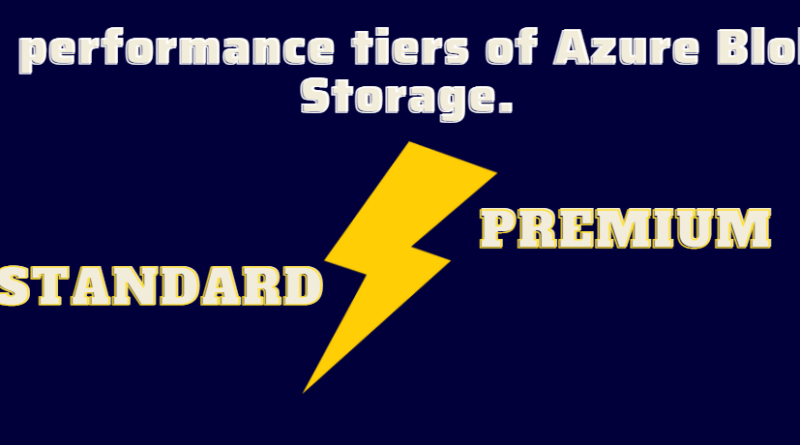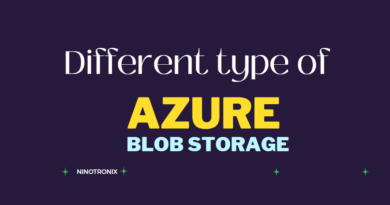Premium and Standard general-purpose performance tiers of Azure Blob Storage.
Premium
Premium general-purpose offers the highest level of performance and is designed for workloads that require the lowest possible latency and the highest throughput. It is ideal for use cases like big data analytics, real-time processing, and high-performance computing. Premium general-purpose is backed by SSD disks and supports up to 100,000 IOPS per storage account and up to 500 MB/s per blob.
ZRS, GZRS, and RA-GZRS are available only for standard general-purpose v2, premium block blobs, and premium file shares accounts in certain regions
Premium performance storage accounts use solid-state drives (SSDs) for low latency and high throughput.
Azure Premium Managed Disks utilize solid-state drives (SSDs) that offer low latency in the single-digit millisecond range. They are also backed by performance guarantees that ensure specific levels of IOPS and throughput will be available 99.9% of the time. The table below outlines the IOPS and throughput for each of the Premium Disk types offered by Azure. For disks P1-P20, a certain level of IOPS and throughput is initially allocated, with the ability to “burst” to a higher level as needed.
Standard
Standard general-purpose is a lower-cost option and is designed for workloads that don’t require the highest performance. It is ideal for use cases like backups, archives, and media storage. Standard general-purpose is backed by HDD disks and supports up to 20,000 IOPS per storage account and up to 60 MB/s per blob.
The Azure Storage pricing page provides detailed pricing information based on account type, storage capacity, replication, and transactions.
Difference
Premium general-purpose:
- High-performance storage
- Low latency storage
- SSD-backed storage
- Big data analytics
- Real-time processing
- High-performance computing
- Critical workloads
- High-throughput storage
- High-IOPS storage
- High-cost storage
Standard general-purpose:
- Low-cost storage
- HDD-backed storage
- Backup storage
- Archive storage
- Media storage
- Non-critical workloads
- Low-throughput storage
- Low-IOPS storage
- Affordable storage
- Budget storage
How to create account containers – https://ninotronix.com/devopsnewblogs/index.php/2023/04/03/microsoft-azure-containers-storage/




